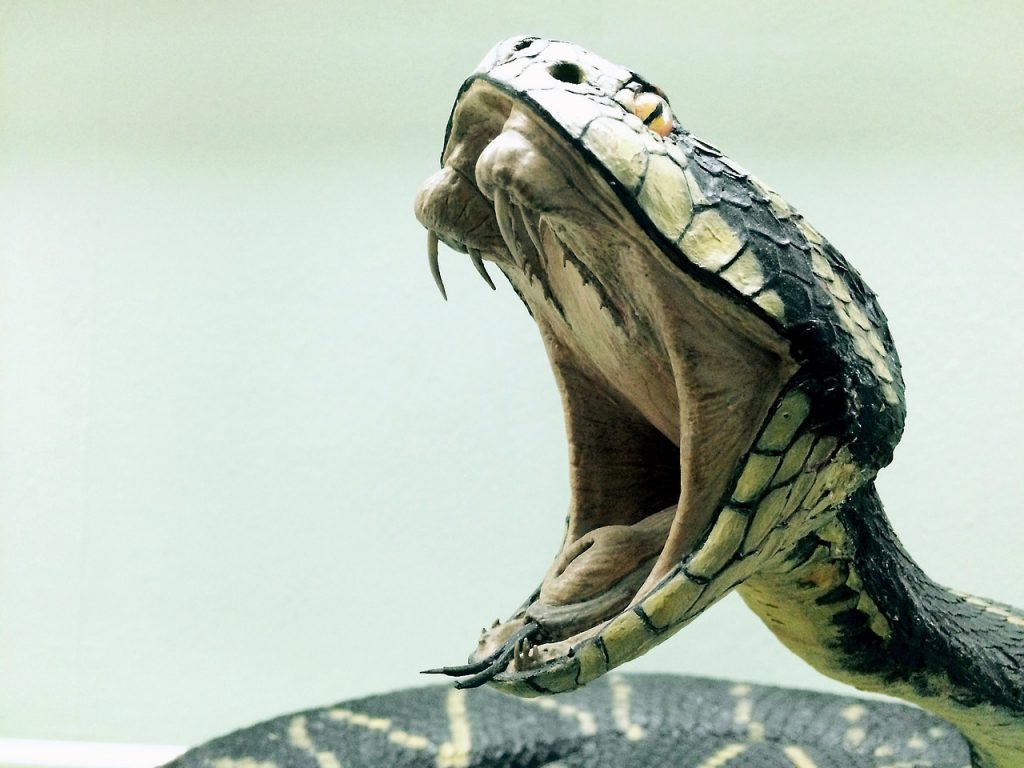Today we are going to take a look at the top 10 most deadliest and dangerous snakes in the world, based on Insider Monkey’s latest article. Whether you are planning to travel after the end of the COVID-19 pandemic restrictions, or you want to relocate somewhere, it’s useful to look after the most venomous snakes in the world.
So would you like to know more about the most venomous snakes in the world? If so, keep up reading as we have brought up with three snakes from the entire list. To gain more knowledge about the most deadliest and dangerous snakes in the world, please click the link. Gaboon viper (Bitis gabonica) stands on the ninth spot on the list, as its subcutaneous LD50 (Mg/kg) is 0.144, the venom yield is 350.0-600.0/Bite (Mg). It can be found in Africa, but it rarely attacks humans as it lives in the rainforest areas. It’s not an aggressive species, though. Even if you go close to them, Gaboon vipers aren’t willing to move, so people can be bitten when they step on the snake. Anyhow, it’s not rare that its venom yield is 1000 mg/bite. Symptoms of this snake’s bite include severe shock, hypotension, dyspnoea, heart damage and internal bleeding. Black-banded sea krait (Laticauda semifasciata) stands on the seventh spot, with a subcutaneous LD50 of 0.111 (Mg/kg). Venom yield/bite is 2.0-14.0 (Mg), and it’s distributed in Fiji, Japan, Singapore. It lives in coral reef areas, breathing air it needs to come to the water surface at leas every six hours. It depends on resting fish seeking shelter in coral reefs. Its venom is ten times stronger than that of a cobra, which shows how dangerous the black-banded sea krait is. Nevertheless, if not provoked by humans, it doesn’t attack. Yellow-bellied sea snake (Hydrophis platurus) is the fourth most deadliest snake in the world, with a subcutaneous LD50 of 0.067 (Mg/kg). Venom yield/bite is 1.0-4.0 (Mg). It’s distributed in Costa Rica, Southern California, Atlantic Ocean, Hawaiian Islands. Sea snakes drink fresh water above the water surface, but it can do without drinking up to 7 months in case of seasonal drought. Floating on the surface of the sea, and they catch pelagic fish seeking shelter under them, with their jaws. They have the ability of swimming backwards.





